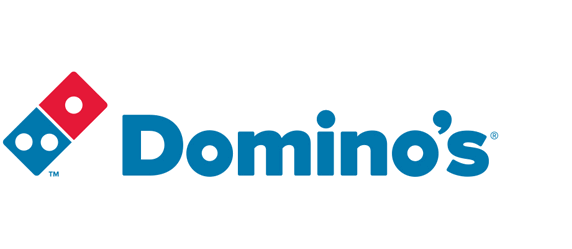When people think of Domino’s Pizza, they think about getting pizza in less than 30 minutes. Known for using technology and introducing concepts, such as ordering with an emoji, even this American pizza restaurant chain finds it difficult to implement technology in the learning and development process. At the ATD conference in Washington DC, Eric Kammerer and Drew Helmholtz, leaders of learning and development in the Company, talked about how they changed a specific part of the operations to train incoming multiunit supervisors for the Company’s corporate-owned locations.
Multiunit managers are a key part of Domino’s Pizza’s 400 corporate-owned stores in the US, with each supervisor managing eight stores. It is a position which requires skills of leadership, conflict resolution, and time management, as well as financial acumen. It also requires the ability to manage differently from the hands-on, direct-control approach that a one-store manager may embrace.
Kammerer and Helmholtz explained that the previous plan failed to give any results and build relevant competencies. It spanned over six months with different learning events. It was lengthy and cumbersome and did not ensure that the learning stuck.
While the new plan does not solve each and every problem, Kammerer and Helmholtz were able to show progress toward a “learn, watch, try, reflect” experience for each participant. This started with one simple step— adding constraints.
The Company started by asking people what activities developed leadership qualities in them and what activities they spent the most time on. Real-world activities ranked higher than structured offerings. The new programme cut short the time period of training to 28 days of more dedicated approach, rather than training happening in bits and pieces over six months. The shorter timeline also included more functional and technical training apart from leadership development. While relying on technology and virtual elements, the instructors wanted the participants to interact more with people and not just with their peers. Apart from internal instructors they also received coaching from in-house experts and external executive coaches. The latter kept their conversations with the participants strictly confidential, not sharing them even with Domino’s.
The constraint challenges lead to a change in scheduling various activities as part of the programme. First, the training programme was introduced, followed by an on-site immersion and other activities. All of this culminated in a final week where participants began planning how to handle their new markets while receiving ongoing support through internal contacts, the external coach and e-learning offerings.
Finally, all the activities were aligned to the 70:20:10 concept defined as, challenging assignments (70 per cent), training and learning from peers (20 per cent) and course work and training (10 per cent).
To measure the progress, Domino’s set up nine key metrics that incorporated various parts of the job and that could be measured easily both on their own merits and against a baseline of previous participants.
Value our content... contribute towards our growth. Even a small contribution a month would be of great help for us.
Since eight years, we have been serving the industry through daily news and stories. Our content is free for all and we plan to keep it that way.
Support HRKatha. Pay Here (All it takes is a minute)




































